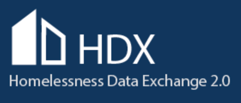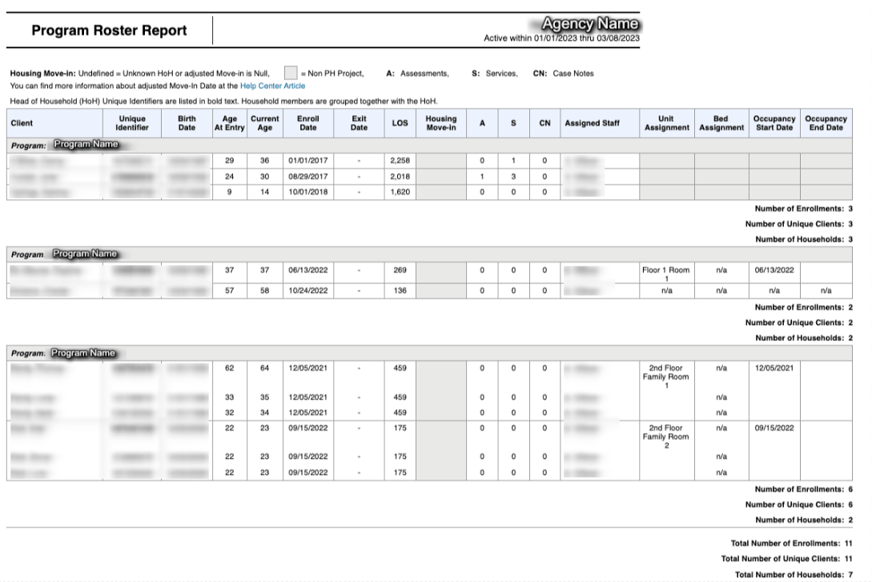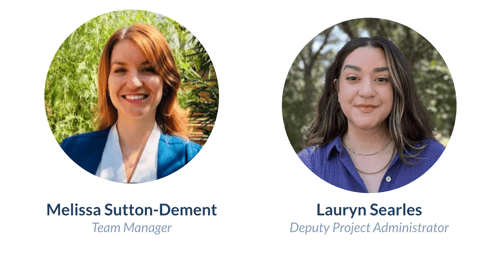

This is a Friendly Reminder to please complete the 2025 HMIS User Survey if you have not already! Your responses will help us improve HMIS and HMIS Training Resources in King County. You can complete the survey here.
We estimate that it will take 8 minutes or less to finish. We know and understand how busy you are, but getting your input is important and valuable. Please complete the survey by Friday October 31st. Thank you for helping us continue to improve King County's HMIS and we look forward to reviewing your feedback.
Have questions? Please do not hesitate to contact us at kc-admin@bitfocus.com

We are excited to announce that the 2026 HUD HMIS Data Standards updates are now live and available in your instance! You’ll find updated intake forms on the King County Bitfocus website under the forms and guides tab listed as Paper-Based Forms
For more information, checkout our 2026 Data Standards central hub, the October 2025 Feature Updates article, and this local one-pager. Please contact us at kcsupport@bitfocus.com if you have any questions – or if something in your system doesn’t seem correct.
We appreciate your ongoing partnership and patience during this time!

The upcoming federal reporting season is approaching! Preparation for two of HUD’s major CoC reports will start soon: the Longitudinal Systems Analysis (LSA) and System Performance Measures (SPM).
HUD’s Longitudinal Systems Analysis (LSA) is a report submitted to HUD annually that includes a complex analysis across key projects participating in the Continuum of Care (CoC) Homelessness Management Information System (HMIS). The LSA replaced the Annual Homeless Assessment Report’s (AHAR) data component in the 2018 reporting year.
HUD’s System Performance Measures (SPM) focus on evaluating local homeless responses as a coordinated system of homeless assistance options. This data is reported to HUD annually and includes key indicators of a high performing system including length of time homeless, exits to permanent housing, returns to homelessness, and more.
The Bitfocus team may reach out to verify or correct data about your program and/or clients. Please look out for those emails and respond promptly. We truly appreciate all of the hard work your community does to maintain data that is complete, accurate, and timely!
You can review the data by doing the following:
1. Run the [HUDX-225] HMIS Data Quality Report for the period 10/1/24 to 9/30/25 (you'll find this report in the Clarity Human Services Report Library under HUD Reports). Correct records with errors, paying special attention to any element that shows over a 5% error rate (remember, clicking on a number will give you a list of clients being counted in that number). Want more information on what gets counted in this report? Check out our Help Center article: [HUDX-225] HMIS Data Quality Report
2. Run the [GNRL-106] Program Roster for the period 10/1/24 to 9/30/25 (this report is under Program Based Reports) and make sure household groups are correct (households are separated by bold lines. Clients not separated by lines are grouped together in a household). If clients are grouped together incorrectly, contact the Helpdesk to get them corrected. Some measures only count heads of household, so it's important that households be configured correctly! Check out our Help Center article: [GNRL-106] Program Roster
3. Run the [GNRL-220] Program Details Report for the period 10/1/24 to 9/30/25 (this report is under Program Based Reports) and review the following:
Thanks in advance for your partnership in making sure that our community’s data is as accurate as possible.
The best people to review the data are program managers and key staff who work in the programs. There is overlap with the LSA and SPM timeline and relevant data. Your work on this will benefit both reports, and more broadly, your CoC.
The [GNRL-106] Program Roster is a program-based report that gives you a list of clients, their program enrollment status, and any housing details for the programs you choose. This report can help you identify the number of clients and/or households enrolled during a specific period, whether they’ve had multiple enrollments in your program, and allows you to quickly review client information. If you run this report for a housing program, it will also provide details on who has a bed or unit assignment in your program.
The following parameters are available to obtain targeted details in the [GNRL-106] Program Roster Report:
Note: Selecting PDF - Program will exclude all Inventory (Unit/Bed) information. All other Report Output Formats include Inventory information columns.

This report is designed to provide an overview of program stay information for all active, enrolled, or exited clients.
This report provides information for the following data elements:
The table is sorted by Length of Stay and grouped by Enrollment Household, and separated by Program.
Head of Household (HoH) Unique Identifiers are listed in bold text and Household members are grouped together with the HoH.

*Users must attend an ACT training before they gain assessor access in the HMIS.
Understand how Data Quality affects the HMIS System, how it can affect decision-making and funding opportunities, and how improving the system's data quality can improve a client's experience in the homeless response system.


OUR VISION:
All people have a home. We want to see that homelessness is rare in King County, racial disparities are eliminated, and if one becomes homeless, it is brief and only a one-time occurrence. Homelessness is solvable, and by acting together as a community, all people can have a home.